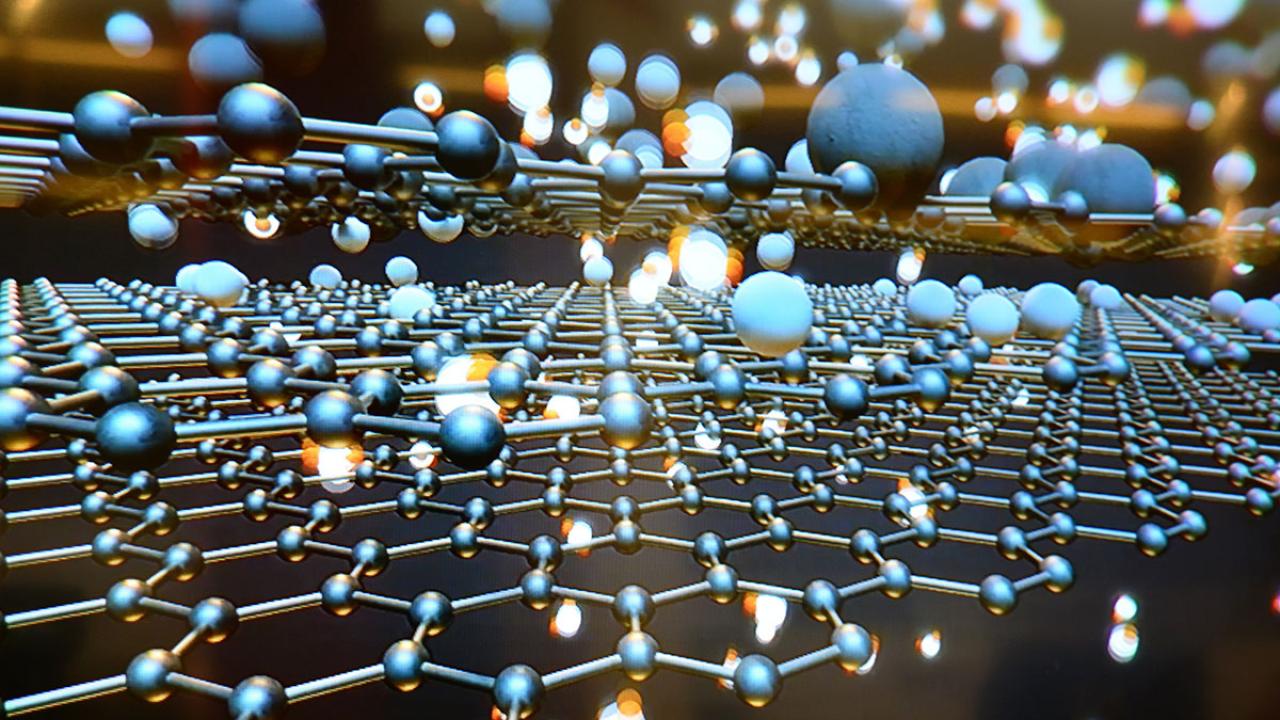
Materials research is in a state of evolution, with many novel fields and theories developed in recent years. One example is Moirè physics, in which 2D sheets of atoms are laid on top of each other to produce materials with widely tunable optical and electrical properties, or Moirè materials. The field of twistronics examines how layering these atomic sheets at particular angles (or twists) with respect to each other affect their characteristics. Moirè materials can be used to study various quantum states of matter, and as such they could be used to advance theory and develop novel technological applications.
In January, ICTP hosted a week-long Workshop on Twistronics and Moiré Materials: Bridging Theory and Experiments, which included a series of seminars given by experts in the field to promote discussion, foster new ideas, and share innovative research.
“Twistronics is an emergent field in condensed matter physics, which studies the remarkable effects of stacking and rotating two or more layers of 2D materials, e.g., graphene, hexagonal boron nitride and transition metal dichalcogenides,” says co-organiser Martina Stella, recently the ICTP Boltzmann fellow, and currently at quantum computation startup Algorithmiq.
“When such a twist is applied between two 2D materials, a so-called Moirè pattern appears, whose characteristic length is on the order of nanometers, which is much larger than the usual distance between atoms. The properties of the constituent 2D materials are completely changed by the presence of these Moirè patterns. For instance, many Moirè materials are found to be superconductors, whereas the individual materials are not. Superconductivity is only one of the many interesting properties that this new class of materials exhibits.”
The week’s lectures included a range of topics, from flat band physics, unconventional superconductivity, strong correlation and correlated insulating phases, orbital magnetism, the quantum anomalous Hall effect, Chern insulators, to Moiré excitons.
“It is an exciting and fast moving field of research in which new phenomena are being controlled and discovered,” says event co-organiser Angel Rubio from the Max Planck Institute for the structure and dynamics of matter, Hamburg, and the Flatiron Institute, who also co-sponsored the event. “Moirè platforms have been able to realise phases of matter that were proposed theoretically many years ago and not being demonstrated experimentally: they work as a real condensed matter quantum simulator. The workshop addressed the new challenges we are facing and new results in this fascinating field of research. We have been able to get many of the leading scientists in the field to come, and also had postdocs and students from many groups worldwide.”
“We chose to organise this workshop on Moirè materials because this is a fast-paced field which is expected to have a significant impact on near-future technologies, e.g., energy materials, quantum information and opto-electronics,” says Stella. “We gathered a broad range of participants, from world experts in the field to early researchers and students from developing countries. Among the experts, we invited both theoreticians and experimentalists in order to touch on all different aspects of the field and foster discussions on future directions.”
The workshop aimed to show participants the current state of Moirè physics. “Given the fast-moving aspect of the field, we hope this workshop can represent a valuable platform for participants to get up-to-date with the latest developments in this field and learn techniques to tackle future challenges,” adds Stella. “This is particularly important for researchers from developing countries, who may not always have the chance to interact so closely with such high-profile experts.”
















